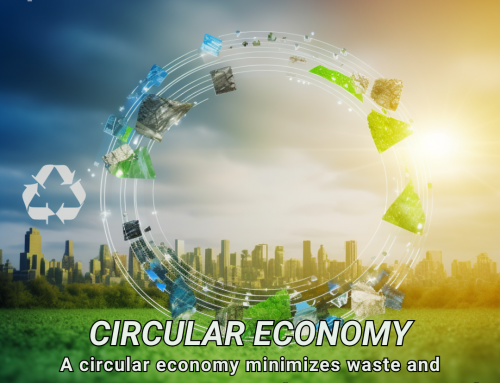
The Council of the European Union has recently adopted final rules on climate-neutral shipping as part of their FuelEU Maritime initiative. This initiative forms a crucial component of the EU’s ambitious Fit for 55 package, which aims to reduce the EU’s net greenhouse gas emissions by at least 55% by 2030.
These new rules mandate the adoption of regulations for shore power in ports and the climate footprint of fuels. The primary focus of these regulations is to increase the use of renewable and low-carbon fuels while significantly reducing greenhouse gas emissions from the shipping sector.
The regulations include a series of measures aimed at reducing the greenhouse gas intensity of fuels used by the shipping sector. These measures offer incentives for the uptake of renewable fuels of non-biological origin and exclude fossil fuels from the regulation’s certification process. As a result, the shipping sector is encouraged to transition towards more sustainable fuel alternatives.
Starting from 2030, passenger ships and containers will be required to use on-shore power supply for all electricity needs while moored at major EU ports. This move will significantly reduce the industry’s carbon footprint. To help ships meet the greenhouse gas intensity limits, a voluntary pooling mechanism is also being introduced.
These rules will be implemented from 1 January 2025. Shipping will be covered by the EU’s emissions trading system (ETS) from 2024, and FuelEU Maritime from 2025. The EU’s ETS is a cornerstone of the EU’s policy to combat climate change and a key tool for reducing greenhouse gas emissions cost-effectively.
Starting from 2023, all large ships using EU ports will need to monitor and report their CO2 emissions. This requirement is part of the updated European System of Maritime Transport, which aims to reduce emissions by 40% by 2030. The system also includes a rating mechanism to identify and incentivize ships’ energy efficiency.
The EU also has plans to include maritime transport in its Emissions Trading System. This move is part of a broader effort to further reduce emissions from the shipping industry, which is one of the significant contributors to greenhouse gas emissions.
In conclusion, these new rules and initiatives represent a significant step forward in the EU’s commitment to achieving a climate-neutral future. By targeting a sector that is traditionally a significant contributor to greenhouse gas emissions, the EU hopes to significantly reduce its overall emissions and achieve its ambitious climate targets.






